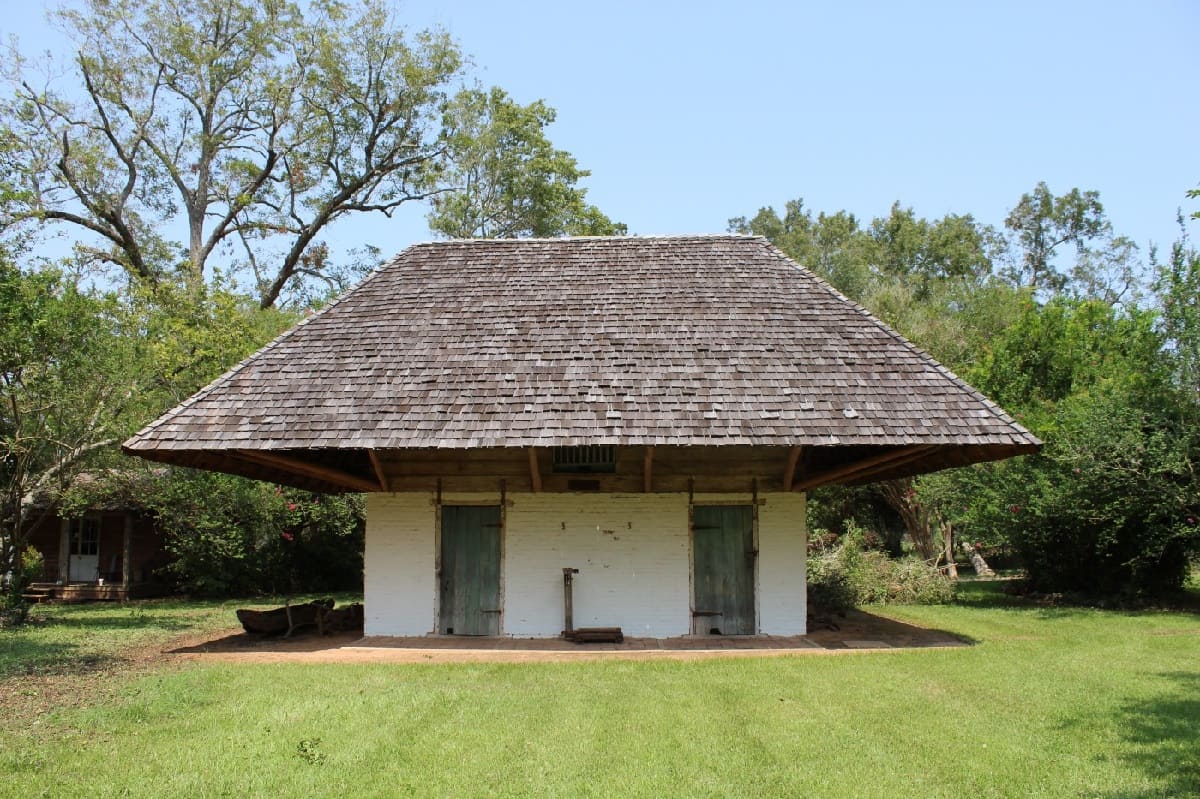Unveil The Magic Of Melrose Plantation’s African House

Have you ever wondered what makes Melrose Plantation's African House so special? Located in the heart of Louisiana, this historic site offers a unique glimpse into the past. Built by enslaved African Americans, the African House stands as a testament to their craftsmanship and resilience. The structure itself is a blend of African and Creole influences, making it a rare architectural gem. Inside, you'll find murals by Clementine Hunter, a self-taught artist whose work captures the essence of plantation life. Whether you're a history buff or an art lover, Melrose Plantation's African House provides a rich, educational experience that you won't forget.
Discover the Rich History of Melrose Plantation
Melrose Plantation, located in Natchitoches Parish, Louisiana, is a treasure trove of history and culture. One of its most captivating features is the African House, a unique structure that stands as a testament to the rich African-American heritage of the region. Let's explore some of the must-see places within this historic site.
African House: A Unique Architectural Marvel
The African House is unlike any other building on the plantation. Its design reflects the influence of African architecture, making it a rare and fascinating sight in the United States. Here are some highlights you shouldn't miss:
The Roof: The steep, thatched roof of the African House is reminiscent of traditional African huts. This distinctive feature sets it apart from other buildings on the plantation.
The Walls: Made of bousillage, a mixture of mud, Spanish moss, and animal hair, the walls of the African House are a testament to the resourcefulness and ingenuity of its builders.
The Murals: Inside, you'll find murals painted by Clementine Hunter, a self-taught African-American artist. Her vibrant depictions of plantation life offer a unique glimpse into the past.
Clementine Hunter's Art: A Window into Plantation Life
Clementine Hunter's artwork is a highlight of any visit to Melrose Plantation. Her paintings provide a vivid and personal account of life on the plantation, capturing both the hardships and joys of the African-American community.
The African House Murals: These murals are some of Hunter's most famous works. They depict scenes of everyday life, from cotton picking to church gatherings, offering a rich visual history.
The Big House: Hunter's paintings also adorn the walls of the Big House, the main residence on the plantation. These works provide further insight into the lives of those who lived and worked at Melrose.
The Big House: A Glimpse into Antebellum Elegance
The Big House at Melrose Plantation is a stunning example of antebellum architecture. It offers a glimpse into the lives of the plantation's owners and the enslaved people who worked there.
The Parlor: This elegantly furnished room showcases period furniture and decor, giving visitors a sense of the opulence enjoyed by the plantation's owners.
The Bedrooms: The bedrooms in the Big House are equally impressive, with antique beds, dressers, and other furnishings that transport you back in time.
The Yucca House: A Hidden Gem
The Yucca House is another fascinating structure on the plantation. Originally built as a residence for the plantation's overseer, it later became a hub of artistic activity.
The Studio: This room was used by artists who visited Melrose Plantation, including Clementine Hunter. It's a space filled with creativity and history.
The Garden: Surrounding the Yucca House is a beautiful garden that offers a peaceful retreat. It's a great place to reflect on the history and beauty of Melrose Plantation.
The Bindery: A Testament to Craftsmanship
The Bindery is a small building on the plantation where books were bound and repaired. It stands as a testament to the craftsmanship and skills of the people who lived and worked at Melrose.
The Tools: Inside the Bindery, you'll find a collection of tools used in bookbinding. These artifacts provide a fascinating look at the techniques and materials used in this craft.
The Books: Some of the books bound at Melrose Plantation are still on display. These volumes offer a tangible connection to the past and the people who created them.
The Weaving House: A Hub of Textile Production
The Weaving House is where textiles were produced on the plantation. This building highlights the importance of textile production in the daily lives of the plantation's residents.
The Looms: The Weaving House contains several looms used to create fabric. These machines are a testament to the skill and labor required to produce textiles in the 19th century.
The Fabrics: Examples of the fabrics produced at Melrose Plantation are on display. These textiles provide a glimpse into the clothing and household items used by the plantation's residents.
Final Stop on Our Adventure
New Orleans is a city that never fails to impress. From the lively French Quarter to the soulful Garden District, there's always something to see or do. The food is out of this world, with beignets and gumbo that will make your taste buds dance. The music scene is legendary, with jazz pouring out of every corner. And let's not forget the festivals—Mardi Gras is just the tip of the iceberg. Whether you're wandering through historic streets or cruising down the Mississippi River, New Orleans offers a unique blend of culture, history, and fun. So pack your bags, grab your camera, and get ready to make some unforgettable memories. This city is calling your name, and you won't want to miss it.

